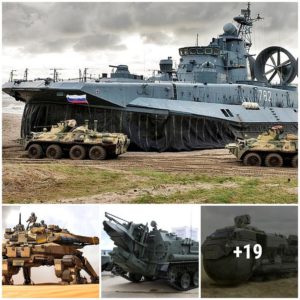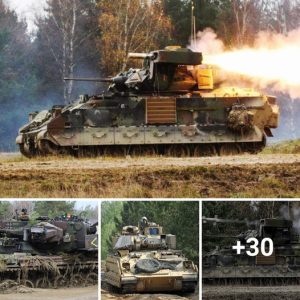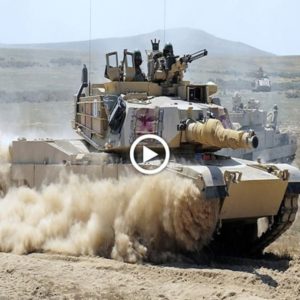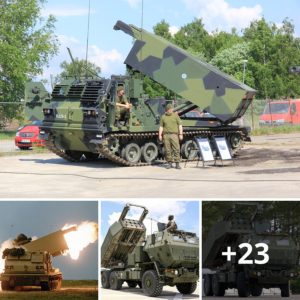
The AH-64 Apache helicopter is arguable the most famous military vehicle of them all. The first introduction of tanks during the early part of the 20th Century changed the face of modern battlefields, no longer susceptible to light arms fire, troops could cover terrain with little resistance. However, technology waits for no man, advances in airpower have now turned the tables, the hunter is now the hunted.
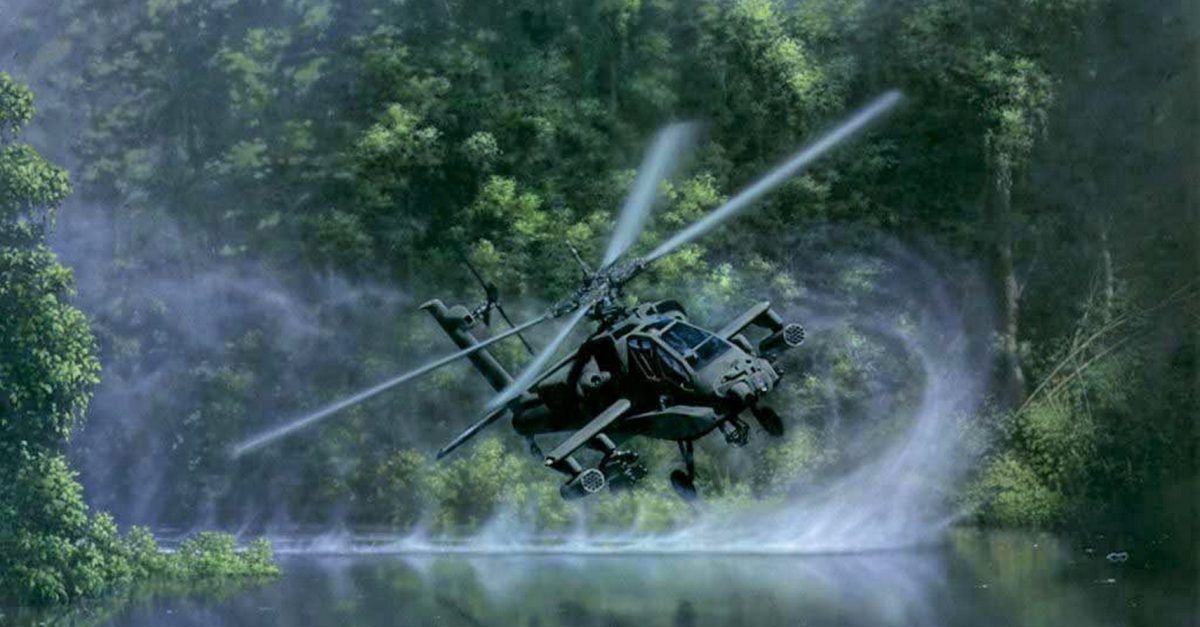
Arguably the most famous of all, Boeing’s AH-64 Apache set the standard for gunship design that remains at the cutting edge even today. We have become accustomed to flight displays showing their unique design and abilities, but here are some facts that might surprise even the most avid aircraft fanatic.

Incredibly, the early prototype AH-64 dates back to 1975 with the US defense department looking to replace its aging AH-1 Cobras, the final design contract being awarded to Hughes Helicopters for what would become the AH-64 Apache.
The early prototype is unmistakably that of the final AH-64 production model, the pre-production version adopting a lower tail plain design and revised nose section. Undergoing an extensive 11-year development process, the AH-64 first entered operational service in 1986.
Vital Statistics
You would be forgiven for thinking gunships are small agile machines, but taking a closer look at the might AH-64 Apache reveals a different picture, the iconic gunship is much bigger than many people think.
The numbers are surprising, 58 feet in length, 48 feet across, and almost 13 feet tall puts the Apache in the same size category as the average school bus. Equipped with twin Rolls-Royce RTM322 turbojets producing a combined output of 4540hp allows a cruise speed of 182mph and a “never to be exceeded” top speed of 227mph, both very impressive for rotary-powered aircraft weighing up to 21,000lbs. The next time you see one of these remarkable machines effortlessly twisting and turning in the skies above, remember just how big they actually are.
Function Over Form
Unlike their fixed-wing brothers, helicopters operate at a much lower speed, removing the need for super-streamlined fuselages, this low speed is more maneuverable but does come with some unwanted downsides.
Operating at lower altitudes and airspeeds does add a greater risk of hostile engagements, its twin engines generate huge amounts of heat that could potentially place the aircraft at greater risk from enemy IR-guided missiles. Placing the engines as far back and high as possible minimizes this risk, rotor downwash helping to disperse heat.
The AH-64 Apache is a hugely complete piece of hardware requiring a crew of two, resulting in the familiar tandem seating layout. Each cockpit crammed with advanced avionics for the gunships flight, navigational, offensive, and defensive abilities, any would-be pilot needs to complete basic flight training lasting 9-weeks.
Under normal operating conditions, the front seat is reserved for the ωɛλρσɳs officer while the pilot occupies the rear cockpit, however, the AH-64 is equipped with dual control systems allowing the front occupant to take control of the aircraft in the event of an emergency.
Performance Abilities
By far the greatest advantage Apache pilots have over conventional fixed-wing aircraft is maneuverability and agility, able to operate from smaller forward bases where space is limited. The AH-64 only needs an area slightly wider than its rotor diameter of 48 feet to operate, pilots often utilize this ability to “hide” below the tree-top level during combat sorties.
This impressive machine isn’t confined to low-level operations, boasting an impressive service ceiling of 20,000 feet and capable of level flight speeds of 227mph. If pilots find themselves in a tricky situation, they can rely on the Apache’s agility, capable of +3.5g – -0.5g maneuvers.
It’s All About The Firepower – Guns
Mounting a big gun under the Apache’s nose might seem like a redundant ωɛλρσɳs system when missiles and rockets are readily available, but the importance of close-range fire support plays a crucial role in battlefield suppression. Designed by Hughes Helicopters in the early 70s, the M230 chain gun fires 30mm explosive tipped shells capable of penetrating light armor vehicles (up to 25mm) at ranges of 500 meters, each round designed to fragment on impact for maximum damage.
Now for the clever part, a combination of helmet design and cockpit mounted sensors detect where the ωɛλρσɳs officer is looking, directing the chin-mounted M230 chain gun in the same direction. This solution not only frees up the ωɛλρσɳs officer’s hands for other takes but also increases the speed and accuracy of engagement.
Aircraft Survivability
Despite the Ah-64’s appearance and size, Hughes Helicopters designed the AH-64 to be robust and strong enough to withstand enemy fire that would normally result in aircraft loss. Utilizing composite boron-kevlar armor plates and blast shields not only separate the crew but also serve to protect vital aircraft systems.
Recognizing the worst-case scenario can never fully be eliminated, the AH-64 was designed to withstand forced landings, this isn’t any rash claim of invulnerability, simply an attempt to cover every likelihood.
It’s All About The Firepower – Missiles And Rockets
Aside from the chin-mounted chain gun, the Apache carries all of its offensive ωɛλρσɳry on wing-mounted pylons, two per side with an array of interchangeable ordnance to suit specific mission requirements. More recently, the Apache has been updated to accommodate air-to-air missile capability, though low operating speeds would indicate this is purely for defensive purposes.
Best suited to ground support roles with its excellent on-target loitering ability combined with flexible payload makes the Apache a potent battlefield ωɛλρσɳs delivery system. Most frequently observed equipped with twin Hellfire missile racks and dual rocket pods.
Past, Present, And Future
At the end of 2020, total production reached 2400 units worldwide, serving 18 foreign users the Apache is sure to be a common sight among airshow attendees wowing crowds with aerobatic display routines.
Almost 45 years have passed since the prototype took flight, a design that has lasted the test of time evolving and adapting to meet new operational requirements, new foreign operators to this day are still placing orders for new aircraft. However, the type could be facing a bleak nearer to home, plans to reduce Apache numbers with US armed forces will see the number greatly reduced by 2027.
